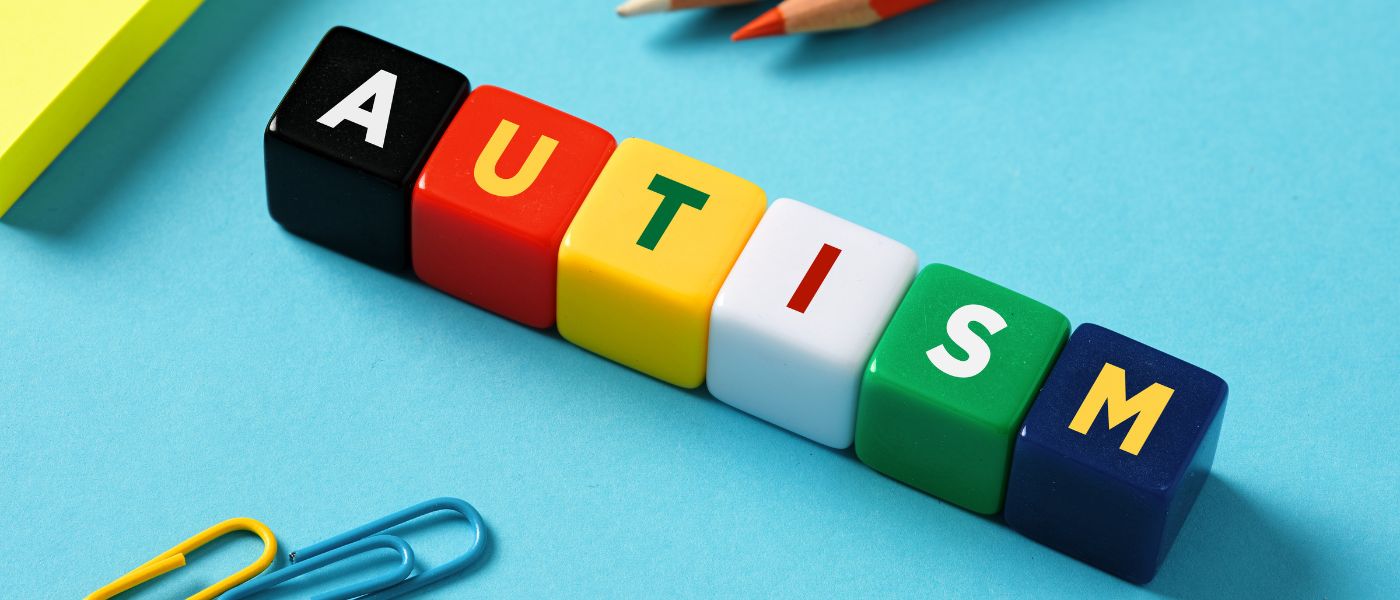Navigating Social Difficulties: Tips for Individuals Dealing With Autism
Navigating Social Difficulties: Tips for Individuals Dealing With Autism
Blog Article
Exploring Autism: Techniques for Efficient Communication and Interaction
Efficient communication and interaction with people on the autism spectrum necessitate a detailed understanding of their unique requirements and choices. The ins and outs of these strategies disclose additional considerations that merit exploration, especially in exactly how they can be adapted to private experiences and varied contexts.
Comprehending Autism Range Problem
Autism Range Disorder (ASD) includes a variety of neurodevelopmental problems identified by difficulties in social communication, communication, and recurring habits. The term "spectrum" mirrors the diverse indications and differing degrees of severity experienced by people with ASD. While some might exhibit significant impairments, others might show high-functioning characteristics, enabling for higher freedom in every day life.
The onset of ASD commonly takes place in early childhood, with indicators often well-known by age two. Early indications may include postponed speech advancement, restricted eye get in touch with, and problems in recognizing social hints. The exact etiology of ASD remains vague, research suggests a mix of hereditary and ecological variables plays a vital duty in its advancement.
As an outcome, treatments and assistance tailored to individual needs are crucial for fostering communication and social abilities. Identifying the complexity of ASD is crucial for advertising awareness, approval, and reliable methods that assist in purposeful communications with individuals on the range.

Importance of Clear Communication
Reliable interaction is essential for fostering understanding and connection, particularly for people with Autism Range Disorder (ASD) Clear communication not only facilitates social communications yet also boosts the individual's ability to share their thoughts, feelings, and needs. For individuals with ASD, the subtleties of language can usually be challenging; as a result, making use of straightforward and unambiguous language is crucial.
Furthermore, clear interaction aids minimize stress and anxiousness that may arise from misconceptions. When messages are conveyed in a direct and constant fashion, people with ASD are much better furnished to analyze information precisely, which can significantly boost their social involvement and involvement in numerous setups.
Establishing routines and utilizing aesthetic assistances can additionally reinforce clear communication. These techniques offer individuals with predictable structures that assist comprehension and retention of info. In addition, proactively listening and being client throughout interactions advertises an encouraging atmosphere where individuals with ASD really feel valued and recognized.
Ultimately, prioritizing clear interaction not just encourages people with ASD however also promotes even more significant connections with their peers, caretakers, and the larger community, leading the way for inclusive interactions and collective connections. - autism
Non-Verbal Interaction Methods
Interaction expands past words, and for individuals with Autism Spectrum Condition (ASD), non-verbal signs play a considerable role in communications. Non-verbal interaction techniques can include face expressions, gestures, body language, and eye call, every one of which function as crucial elements for communicating emotions and purposes.
Comprehending and interpreting these non-verbal signals can enhance interactions with people with ASD. A warm smile or visit this web-site open position can create a welcoming atmosphere, encouraging engagement. Utilizing aesthetic aids-- such as image cards or symbols-- can bridge interaction voids and aid communicate messages more effectively.
It is additionally crucial to be mindful of personal area, as people with ASD might have various comfort levels concerning distance. Observing their reactions to physical closeness can inform ideal adjustments.

Creating Encouraging Settings
Developing an encouraging atmosphere is important for fostering favorable communications and boosting the well-being of people with Autism Spectrum Problem (ASD) Such settings can dramatically minimize anxiety and develop a sense of safety, permitting individuals to reveal themselves a lot more freely.
To attain this, it is necessary to take into consideration sensory level of sensitivities that people with ASD may experience. Customizing the physical area to include soft lights, very little history noise, and comfortable seats can develop a relaxing atmosphere. In addition, using constant regimens and clear aesthetic schedules can help individuals anticipate changes and decrease unpredictability, further promoting convenience.
Social areas must be structured to decrease overwhelming stimulations while giving possibilities for interaction in preferred activities. Facilitating locations assigned for peaceful time can likewise act as a refuge during moments of anxiety. Importantly, incorporating elements of option encourages individuals, allowing them to exercise firm in their environment.

Urging Social Communications
Cultivating social communications among individuals with Autism Spectrum Problem (ASD) needs willful strategies that prioritize comfort and interaction. Establishing predictable regimens can help in reducing anxiousness, making social setups much more friendly. Developing organized settings with specified responsibilities and functions enables people to involve without the overwhelming pressure of disorganized social dynamics.
Including interests and staminas i thought about this into social tasks can act as a driver for communication. Organizing group tasks around shared leisure activities or subjects of attraction can help with natural conversations and connections. Furthermore, making use of aesthetic assistances, such as social scripts or photographic schedules, can aid in recognizing social signs and expectations.
Modeling suitable social behaviors is critical - autism. Grownups and peers should demonstrate efficient communication techniques, consisting of active listening and turn-taking. Role-playing situations can also provide a risk-free space for people to exercise these skills
Last but not least, fostering peer partnerships via comprehensive practices is essential. Encouraging inclusive playdates or team outings can create possibilities for socialization in a comfortable setting. By applying these teachers, caregivers and techniques can significantly enhance social communications for individuals with ASD, promoting their general social growth and well-being.
Verdict
In conclusion, reliable interaction and communication techniques are crucial for sustaining individuals with Autism Spectrum Condition. Eventually, these methods empower people with autism to navigate social landscapes, advertising their overall wellness and allowing the advancement of enduring partnerships.
Efficient interaction and communication with people on the autism range necessitate an extensive understanding of their special demands and choices. Clear communication not only assists in social interactions however likewise boosts the person's capacity to express their needs, ideas, and emotions.Fostering social interactions amongst individuals with Autism Range Condition (ASD) calls for intentional approaches that prioritize convenience these details and interaction. By implementing these caregivers, techniques and teachers can dramatically boost social communications for people with ASD, advertising their general social development and health.
In verdict, effective interaction and communication techniques are crucial for supporting people with Autism Spectrum Condition.
Report this page